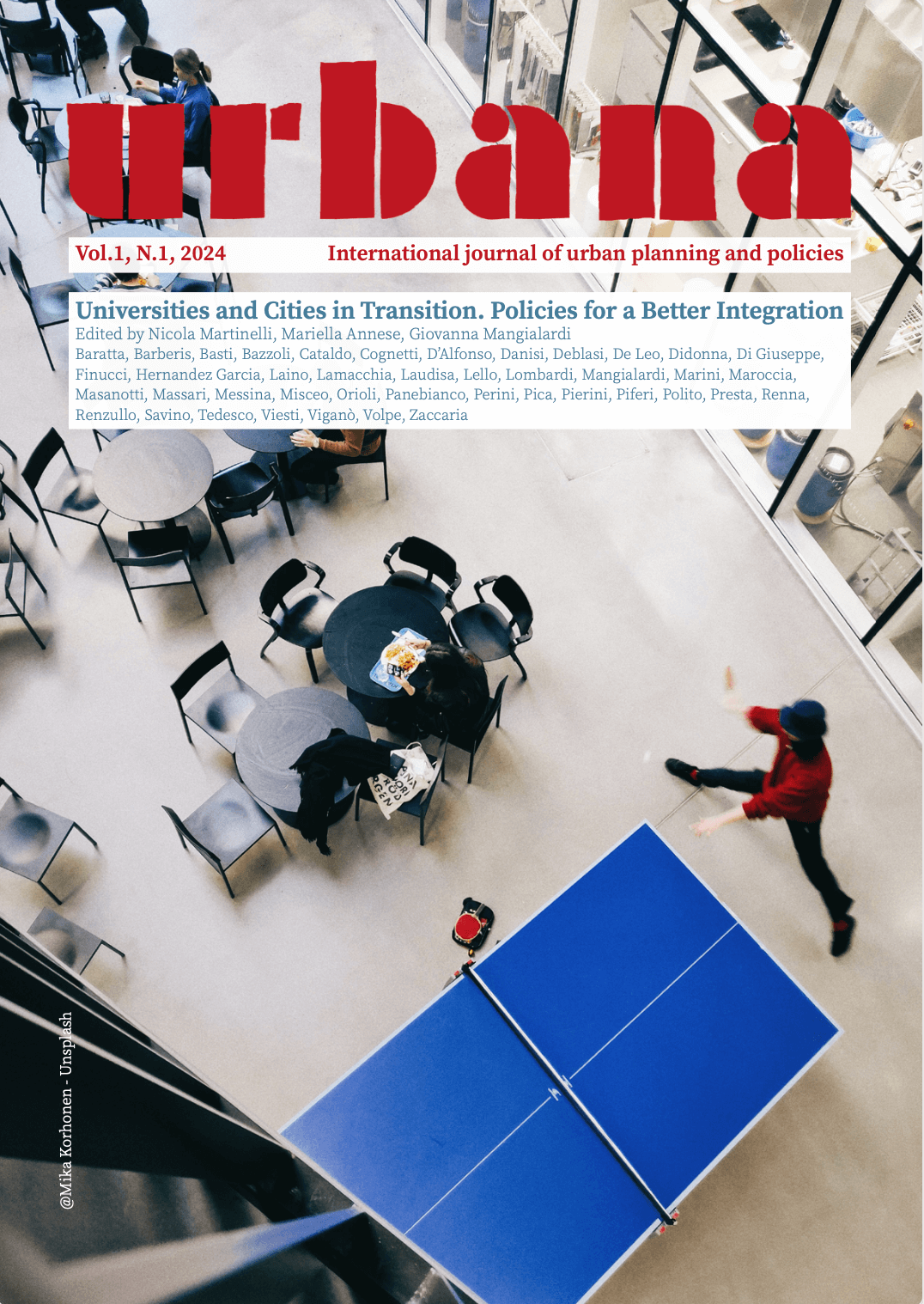Universities as Urban Anchors: Examining the Socio-Economic Impact and Support Dynamics in Italy
DOI:
https://doi.org/10.6092/issn.3034-8544/18768Keywords:
University City, Urban Actors, Urban DynamicsAbstract
What does it mean for a city to be a university city? In other words, what impact do universities have on the areas in which they reside? Universities undoubtedly have important direct and indirect effects on local economies. The direct economic effects are driven in large part by the student population. In Piedmont, for instance, a combined total of over 130,000 students are enrolled in the region’s four universities, with 42,000 of them coming from outside the region. That’s roughly the population of a mid-sized Italian town. And according to a 2020 estimate by IRES Piemonte, these 42,000 students spend an average of 800 million euros per year on food, lodging, school supplies, recreational-sports activities, and transportation, determining a substantial economic return to the region. Even more striking is the universities’ indirect economic contribution. According to data from the Rosselli Foundation, universities in the Turin metropolitan area make up the region’s fourth most productive sector in Piedmont in terms of indirect economic impact, ranking just behind the construction, transportation, and agricultural sectors, with a total estimated value of nearly 2 billion euros. The economic advantages of having a university located in the community have not escaped the notice of local administrations, who are eager to encourage the establishment of university programmes not just in large cities, but also in smaller towns.
Downloads
Published
How to Cite
Issue
Section
License
Copyright (c) 2024 Federica Laudisa

This work is licensed under a Creative Commons Attribution 4.0 International License.





